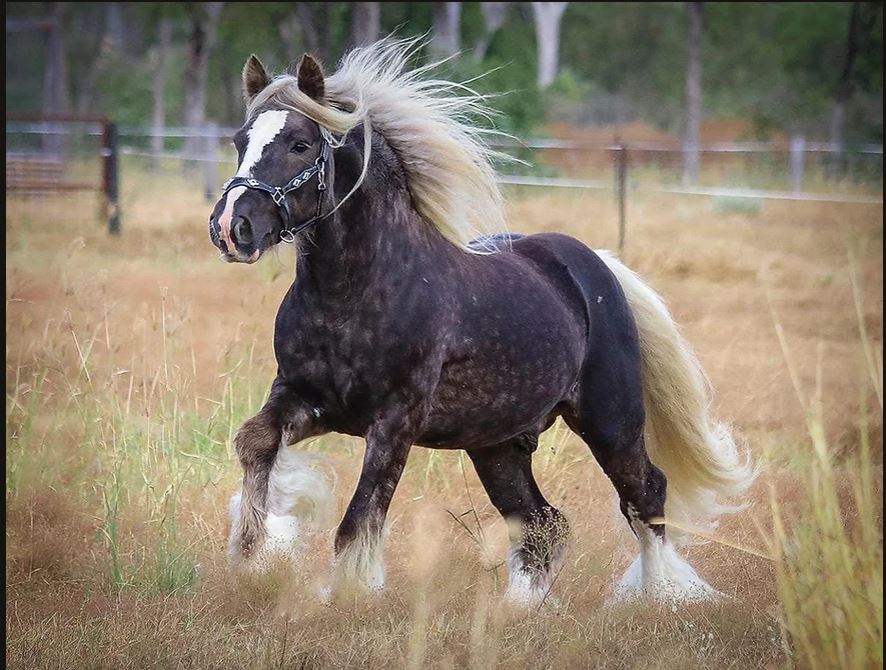October 2nd, 2023Glen, about the house…

Reincarnation – hardly… But it is the story of revival of a long-discarded orchid. Some 11 years ago,
we inherited several pot-bound cymbidium orchids. At that time, still busily re- establishing our newly acquired garden, I merely removed the dead growth and buried them in “the mosh pit” – a raised compost and peat moss etc-filled bed, under a shady, old rhododendron – destined to be our fernery.
Over the years, nothing was to be seen of them, except for the occasional peek of a puny leaf or two, but never a sign of actual growth or flowers. That is, until several months ago, when we discovered among the clump of leaves, the beautiful display of blooms, pictured above. Among the multitudinous forms and species of orchids, including countless ones of our own, the cymbidium tribe stands out as an all-rounder for those of us greenhouse-less non-fanatics. Especially the terrestrial, down-to-earth varieties which will survive in any shaded garden position or as a porch plant with plenty of light, but not in direct sunlight.
The cymbidiums are one of nature’s hardiest. Their ancestors, coming as they do, from about 1200 metres up the mountains of Northern India. They require a slightly acid, potting medium but won’t tolerate soil or dirt, preferring a free-draining mixture of compost, consisting of such things as well-rotted sawdust, peat moss, rice hulls and wood chips mixed with sand. Feed them fortnightly, with light dressings of complete fertiliser, especially when they are producing flowers.
I’ve often been asked, always by (as yet) non-orchid enthusiasts, what is it that makes orchids the most satisfying of all plants to grow. I always find this difficult to answer but all I know is once they have grown a plant or two, most people seem to become hooked and under their spell.
It seems that once the taste is acquired, few growers are content with just a handful of plants, or to be restricted to one or two types. And that’ll always lead into the varieties that require a small glasshouse, and ultimately a heated one. But that’s a story for another day.
I’m content for now with our rescued cymbidium in the mosh pit.
Your indoor plants
Now that the weather is warming and the days growing longer, your plants should be coming out of their dormancy and interesting things are happening.
Philodendrons should be growing rapidly, monsteras uncurling their new leaves, and all the smaller-growing coloured plants beginning to come out of hibernation and really enjoying life. I’m sure you would have done your best for them all over winter and now comes your reward, when your indoor garden is becoming a thing of beauty again.
To their usual requirements of careful watering, sufficient light, warmth and protection from draughts and sudden changes of temperature should be added, feeding. Because your plants are captive in their container, their roots can neither go searching for extra sustenance if the supply is poor (or even non-existent), or escape the burns of over-diligent supply, even worse, an all too potent brew. I find the pellet form of all-purpose plant foods best. They are clean and non- smelling (a good trait for indoors), and slow acting, meaning that if you are too enthusiastic with the dosage, overfeeding is nigh on impossible and the plants will benefit for a considerable amount of time. Never feed a plant when it is dormant, wait until there are definite signs of new leaves and growth.
Next edition – battling El Nino. Got a gardening query? Email glenzgarden@gmail.com










